On 4 December 2021, a total solar eclipse dazzled a few thousand lucky people in Antarctica and countless penguins, who got to witness nearly 2 minutes of totality as the Moon's shadow blotted out the Sun's light.
During a total solar eclipse, the Sun, Moon and Earth line up (in that order), allowing the Moon's shadow to block the Sun's rays from reaching part of Earth. In this case, that swath of Earth was Antarctica: the land of glaciers and penguins.
Many of the below photos are from photographers aboard Lindblad Expeditions' two polar passenger vessels, the National Geographic Resolution and the National Geographic Endurance.
Those aboard the vessels saw the partial solar eclipse begin at 2 am EST (0700 GMT), totality occur at 2:44 am EST (0744 GMT), and the partial eclipse end at 3:06 am (0806 GMT), according to NASA.
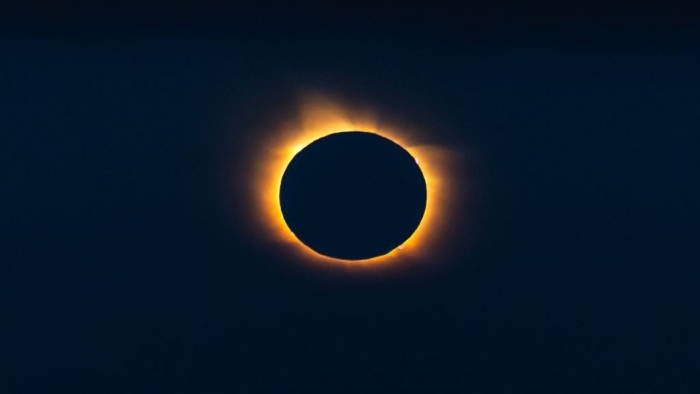 One minute and 54 seconds of totality. (Andrew Studer)
One minute and 54 seconds of totality. (Andrew Studer)
The next total solar eclipse – happening in about 18 months on 20 April 2023 – will pass over parts of Southeast Asia and Australia, according to timeanddate.com, meaning a lot more people will get to see the celestial show.
Related: Photos: 2017 Great American Solar Eclipse
Rising above the horizon
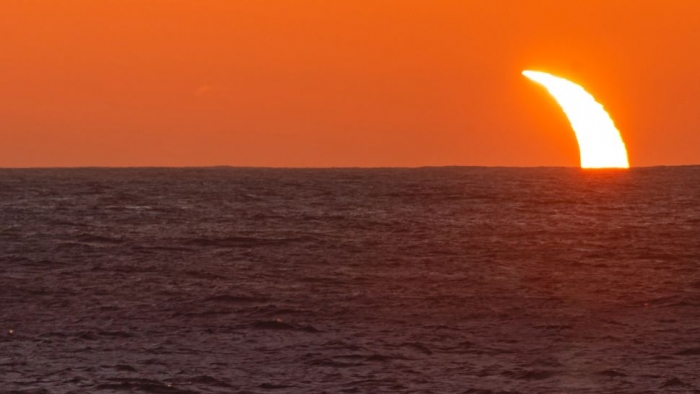 (Andrew Studer)
(Andrew Studer)
A crescent sun rises over the Antarctic horizon during the solar eclipse on Dec. 4, 2021.
A "bite" of the Sun
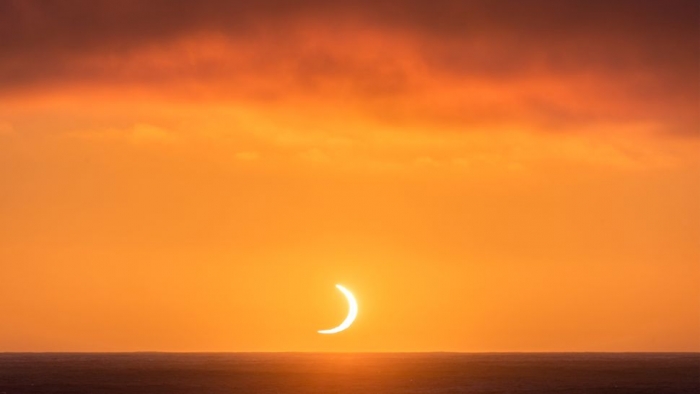 (Andrew Studer)
(Andrew Studer)
The Sun looks like a crescent as part of the Moon's dark umbral shadow takes a "bite" out of it on 4 December 2021. The best places to see this solar eclipse were Antarctica and its surrounding waters, as well as parts of Australia, New Zealand, Argentina, and South Africa.
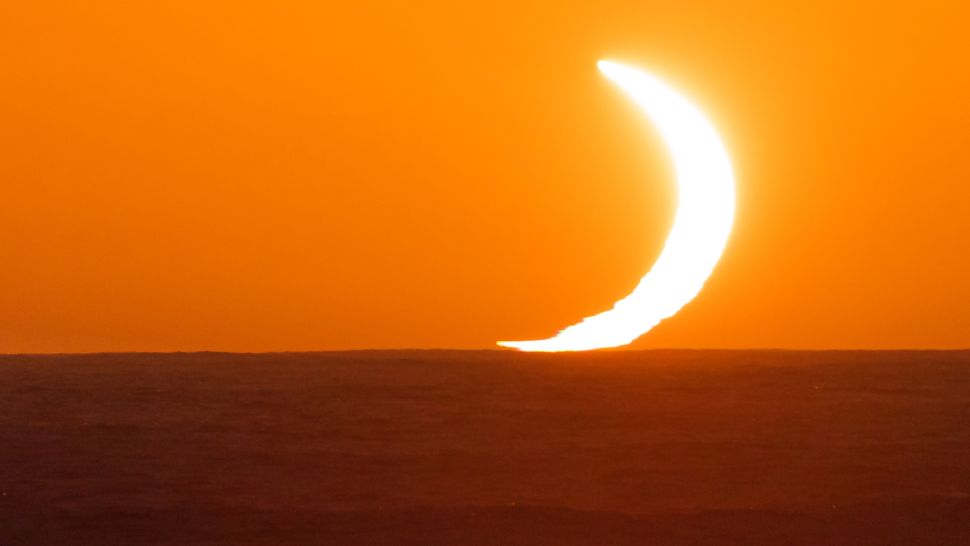 (Andrew Studer)
(Andrew Studer)
"On this eclipse, the Sun is gonna rise above the horizon and it will be like a smile looking at you because it will be a crescent sun," meteorologist Jay Anderson, said in a video produced by Lindblad Expeditions.
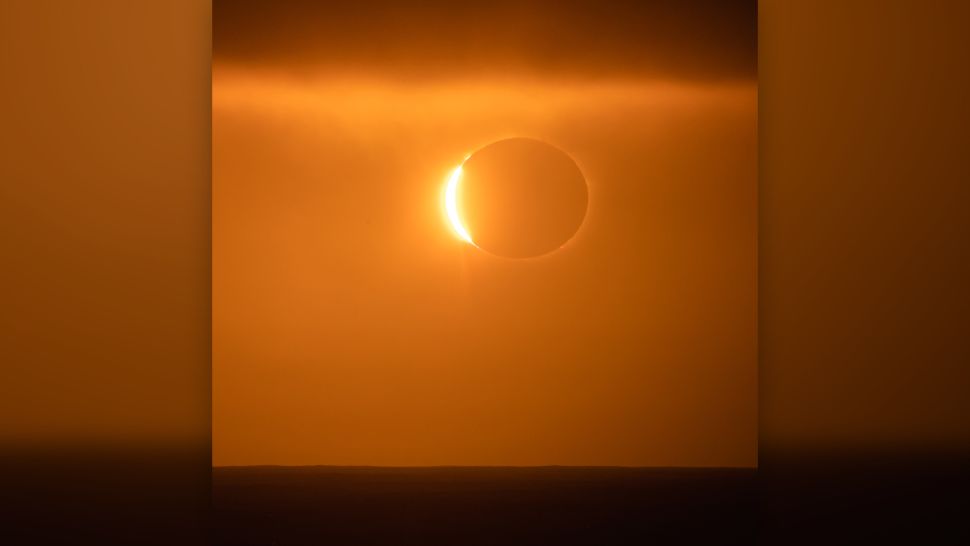 (Andrew Studer)
(Andrew Studer)
The Sun peeps out during the solar eclipse on 4 December, 2021.
Diamond ring
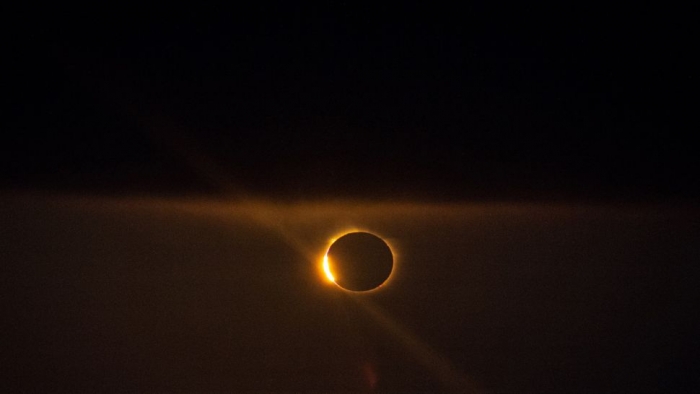 (Maya Santangelo/Lindblad Expeditions)
(Maya Santangelo/Lindblad Expeditions)
The so-called diamond ring effect occurs as the Moon's shadow continues to pass over the Sun, as seen from Antarctica on 4 December 2021.
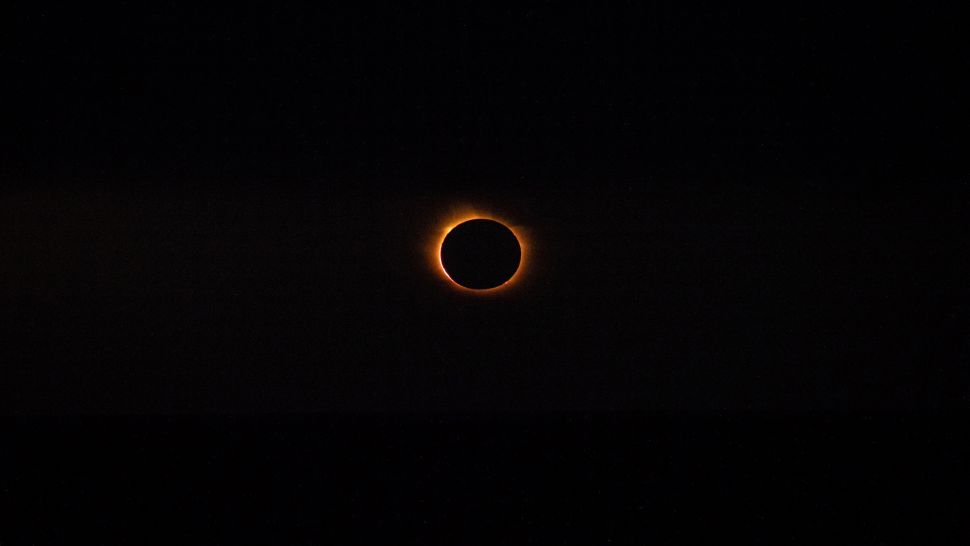 (Maya Santangelo/Lindblad Expeditions)
(Maya Santangelo/Lindblad Expeditions)
During totality, seen here from the 4 December 2021 solar eclipse, you can look directly at the Sun without injuring your eyes. The Sun's superheated corona layer is visible around the eclipse.
Penguins everywhere
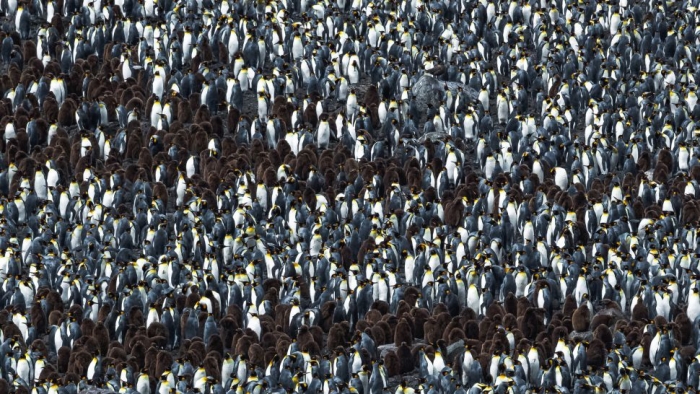 (Lindblad Expeditions)
(Lindblad Expeditions)
A whole lot of penguins in Antarctica saw the total solar eclipse.
Union Glacier camp
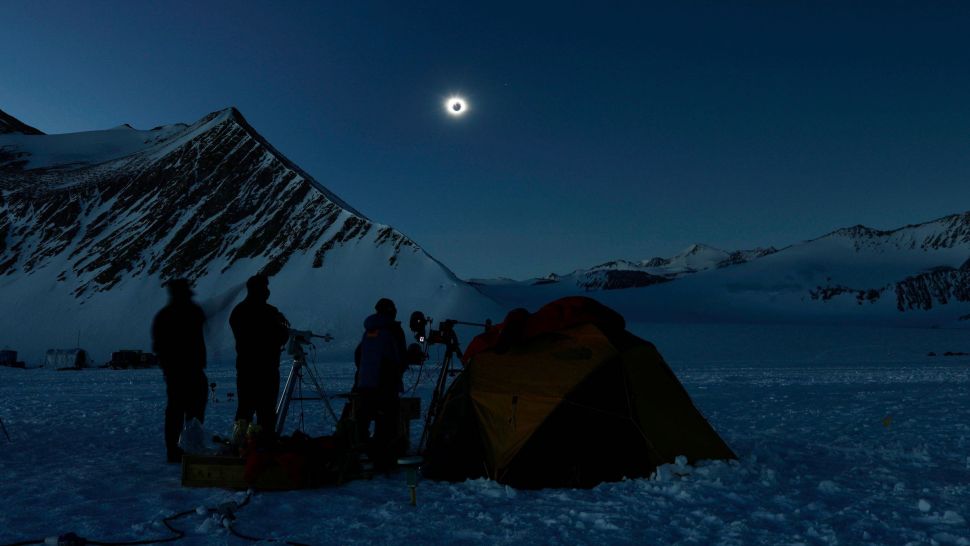 (Felipe Trueba/Imagen Chile/AFP/Getty Images)
(Felipe Trueba/Imagen Chile/AFP/Getty Images)
Chilean and US scientists look at a solar eclipse from the Union Glacier in Antarctica on Dec, 4, 2021.
This article was originally published by Live Science. Read the original article here.
#Space | https://sciencespies.com/space/antarcticas-total-solar-eclipse-looks-stunning-in-these-phenomenal-photos/
No comments:
Post a Comment